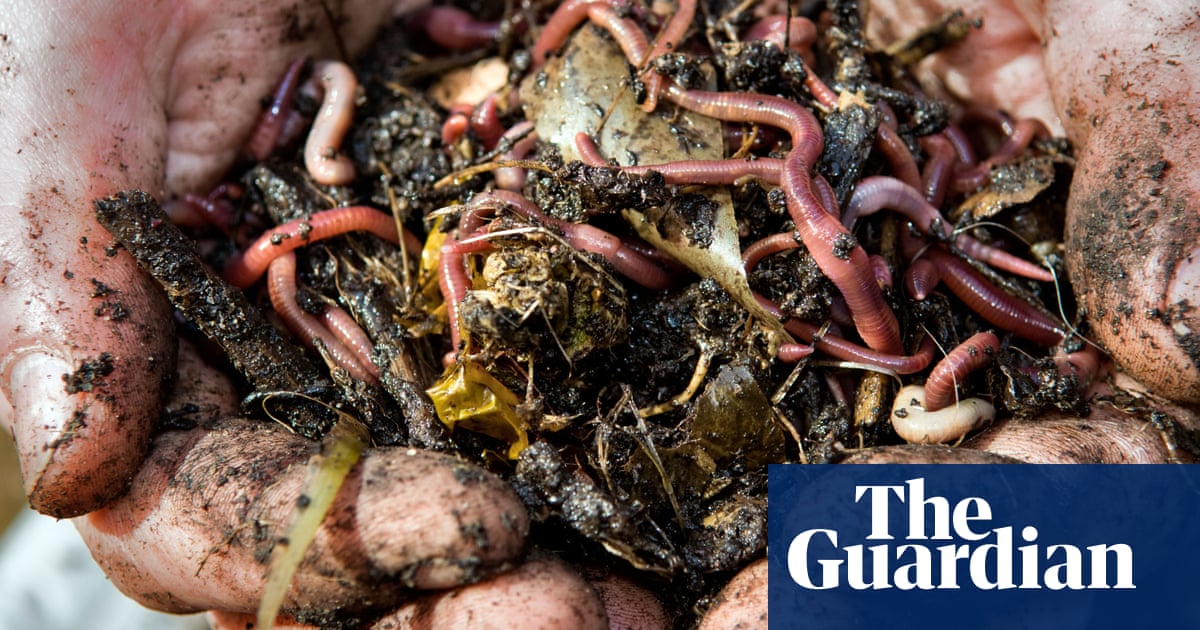In 2019, 15,000 children from primary schools across the UK went out to their local playing field. Instead of kicking a ball around, they dug up worms, looked out for birds, and counted them both.
“The kids were just so enthusiastic about it. It was incredible,” said Blaise Martay, lead researcher from the British Trust for Ornithology (BTO). Martay had worried about the data quality – she thought children’s counting might vary with their enthusiasm. But the results “showed exactly what we’d expect”, she said: that more worms meant a greater number of blackbirds, robins and thrushes, the birds that rely on earthworms as a vital part of their diets. The data was consistent across school groups.
You must log in or register to comment.


